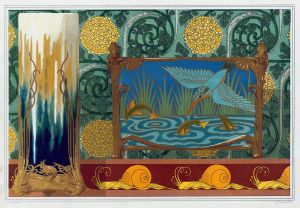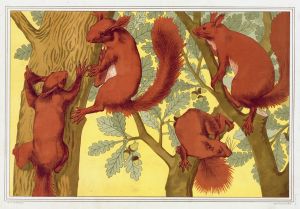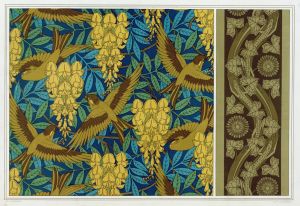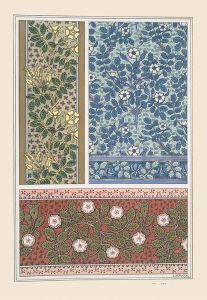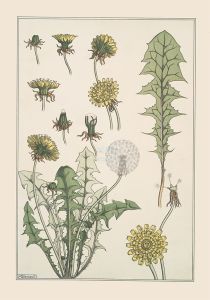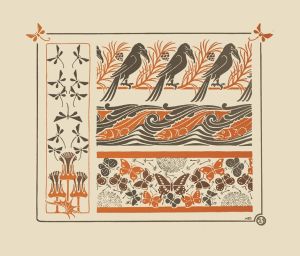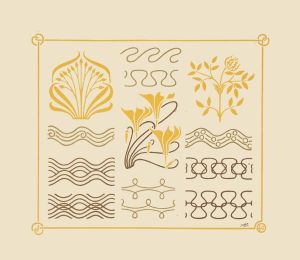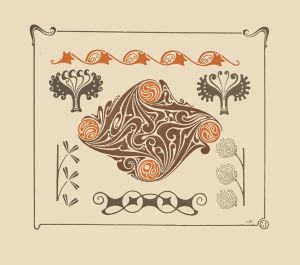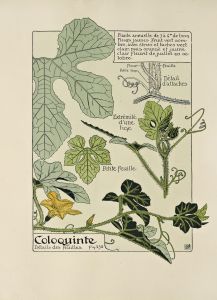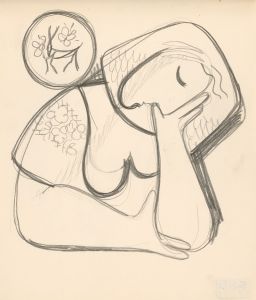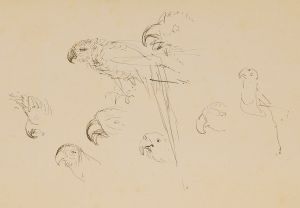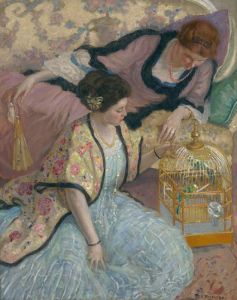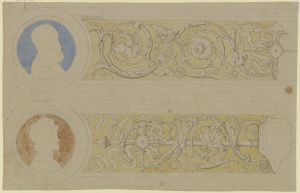
Perroquets, aigle, bois sculpté. Cygnes et iris, porte en bois sculpté.
A hand-painted replica of Maurice Pillard Verneuil’s masterpiece Perroquets, aigle, bois sculpté. Cygnes et iris, porte en bois sculpté., meticulously crafted by professional artists to capture the true essence of the original. Each piece is created with museum-quality canvas and rare mineral pigments, carefully painted by experienced artists with delicate brushstrokes and rich, layered colors to perfectly recreate the texture of the original artwork. Unlike machine-printed reproductions, this hand-painted version brings the painting to life, infused with the artist’s emotions and skill in every stroke. Whether for personal collection or home decoration, it instantly elevates the artistic atmosphere of any space.
Maurice Pillard Verneuil was a prominent French artist and designer known for his contributions to the Art Nouveau movement. Born in 1869, Verneuil was a versatile artist who worked in various mediums, including graphic design, illustration, and interior decoration. His works often featured natural motifs, a hallmark of the Art Nouveau style, which emphasized organic forms and intricate details.
One of Verneuil's notable works is "Perroquets, aigle, bois sculpté. Cygnes et iris, porte en bois sculpté." This piece exemplifies his skill in integrating natural elements into decorative art. The title, which translates to "Parrots, eagle, carved wood. Swans and irises, carved wooden door," suggests a composition rich in avian and floral imagery, rendered in carved wood. Such themes were common in Verneuil's work, reflecting his fascination with the natural world and his ability to translate it into decorative art.
Verneuil's work was heavily influenced by the Art Nouveau movement, which emerged in the late 19th and early 20th centuries. This movement sought to break away from traditional artistic styles, emphasizing instead the beauty of natural forms and the seamless integration of art into everyday life. Artists like Verneuil played a crucial role in popularizing this style, which became known for its flowing lines, intricate patterns, and use of organic motifs.
In "Perroquets, aigle, bois sculpté. Cygnes et iris, porte en bois sculpté," Verneuil likely employed his characteristic style of detailed and stylized representation. Parrots and eagles, as well as swans and irises, are subjects that lend themselves well to the Art Nouveau aesthetic, with their graceful forms and vibrant colors. The use of carved wood as a medium further highlights the tactile and ornamental qualities of the piece, showcasing Verneuil's ability to work across different materials.
Verneuil's work was not only limited to standalone pieces but also extended to architectural elements, such as doors and panels, which were designed to enhance the aesthetic appeal of interiors. The integration of art into functional objects was a key principle of the Art Nouveau movement, and Verneuil excelled in creating pieces that were both beautiful and practical.
Throughout his career, Verneuil collaborated with other artists and designers, contributing to various publications and exhibitions that helped disseminate the Art Nouveau style. His work was featured in influential journals and books, which served as important resources for designers and artists of the time. Verneuil's designs were also included in international exhibitions, where they were celebrated for their innovation and artistic merit.
Maurice Pillard Verneuil's legacy is evident in the continued appreciation of Art Nouveau design, and his works remain a testament to the movement's enduring appeal. Pieces like "Perroquets, aigle, bois sculpté. Cygnes et iris, porte en bois sculpté" exemplify the harmonious blend of nature and art that defines Verneuil's oeuvre and the broader Art Nouveau aesthetic. His contributions to the movement have left a lasting impact on the world of art and design, influencing generations of artists who followed in his footsteps.





